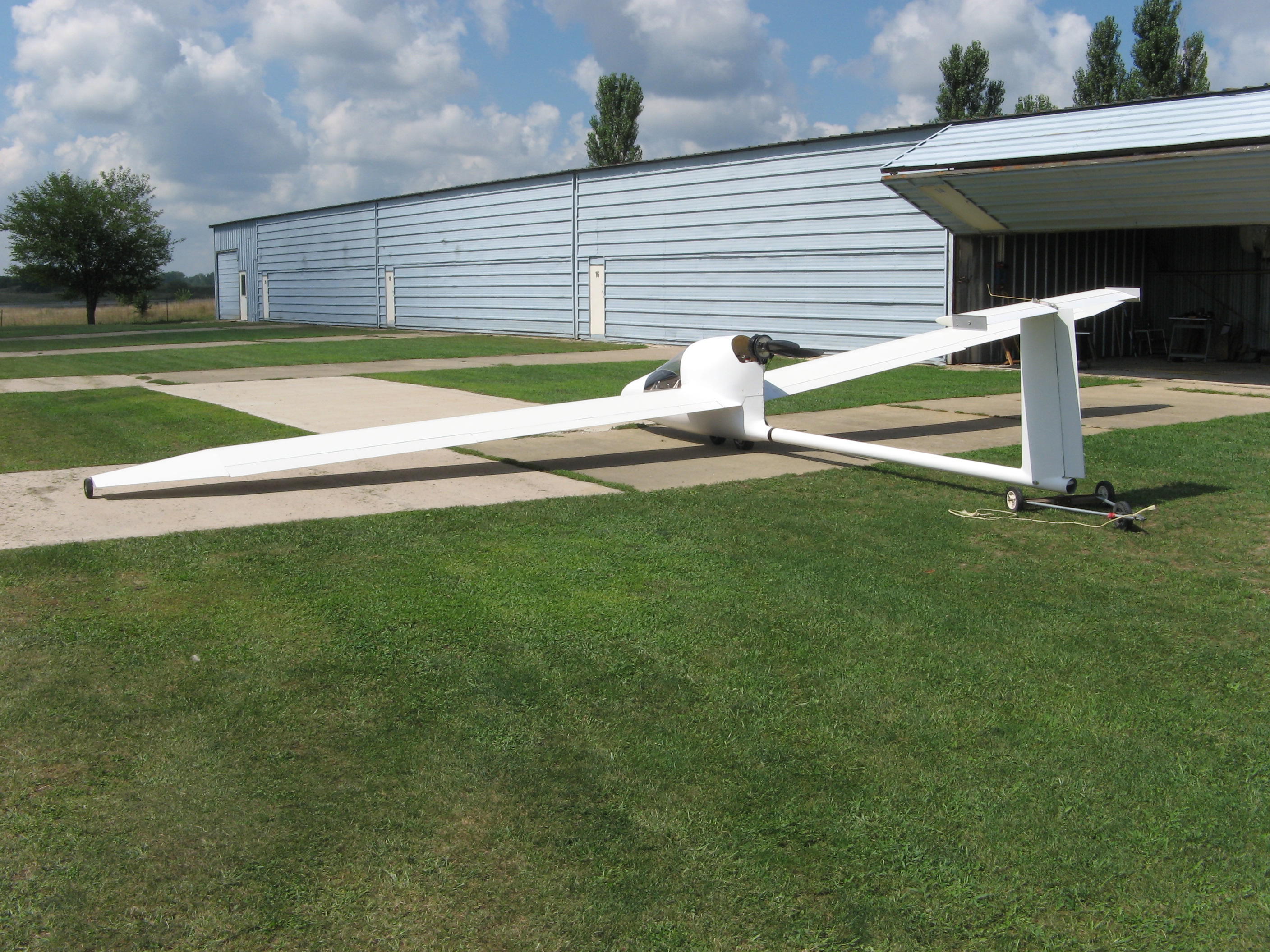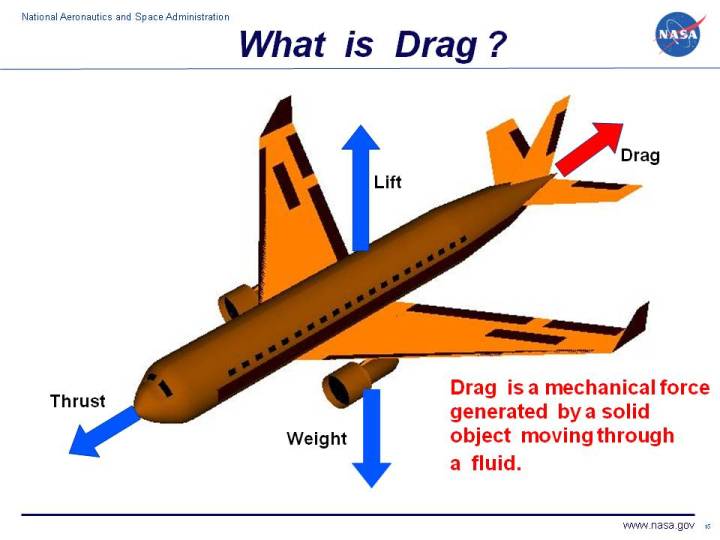
Cooling inlets on the aircraft are also sources of ram drag.Four maps of the two mile perimeters around racetracks This “negative thrust” term is the ram drag. If we look at the basic thrust equation, there is a mass flow times entrance velocity term that is subtracted from the gross thrust.
#Drag airplane free#
Ram drag is produced when free stream air is brought inside the aircraft. Jet engines bring air on board, mix the air with fuel, burn the fuel, then exhausts the combustion products to produce thrust. The magnitude of the wave drag depends on the Mach number of the flow. Wave drag is associated with the formation of the shock waves. The shock waves produce a change in static pressure and a loss of total pressure. As an aircraft approaches the speed of sound, shock waves are generated along the surface. Two additional sources of drag are wave drag and ram drag. Modern airliners use winglets to reduce the induced drag of the wing. Wings with an elliptical distribution of lift have the minimum induced drag. The magnitude of induced drag depends on the amount of lift being generated by the wing and on the distribution of lift across the span. Long, thin (chordwise) wings have low induced drag short wings with a large chord have high induced drag. The force is called induced drag because it has been “induced” by the action of the tip vortices. The local angle of attack of the wing is increased by the induced flow of the tip vortex, giving an additional, downstream-facing, component to the aerodynamic force acting on the wing. Vortices are formed at the wing tips, which produce a swirling flow that is very strong near the wing tips and decreases toward the wing root. For a lifting wing, there is a pressure difference between the upper and lower surfaces of the wing. Induced drag occurs because the distribution of lift is not uniform on a wing, but varies from root to tip. It is also called “drag due to lift” because it only occurs on finite, lifting wings. Aerodynamicists have named this component the induced drag. There is an additional drag component caused by the generation of lift. Both the lift and drag force act through the center of pressure of the object. The component of the aerodynamic force that is opposed to the motion is the drag the component perpendicular to the motion is the lift. We can determine the magnitude of the force by integrating (or adding up) the local pressure times the surface area around the entire body. Since pressure is a measure of the momentum of the gas molecules and a change in momentum produces a force, a varying pressure distribution will produce a force on the body. As air flows around a body, the local velocity and pressure are changed. This source of drag depends on the shape of the aircraft and is called form drag. We can also think of drag as aerodynamic resistance to the motion of the object through the fluid.

#Drag airplane skin#
Along the solid surface, a boundary layer of low energy flow is generated and the magnitude of the skin friction depends on conditions in the boundary layer. For the gas, the magnitude depends on the viscosity of the air and the relative magnitude of the viscous forces to the motion of the flow, expressed as the Reynolds number. For the solid, a smooth, waxed surface produces less skin friction than a roughened surface. Because the skin friction is an interaction between a solid and a gas, the magnitude of the skin friction depends on properties of both solid and gas. We can think of drag as aerodynamic friction, and one of the sources of drag is the skin friction between the molecules of the air and the solid surface of the aircraft. Many of the factors also affect lift but there are some factors that are unique to aircraft drag. There are many factors that affect the magnitude of the drag. Drag acts in a direction that is opposite to the motion of the aircraft. Vector Quantityĭrag is a force and is therefore a vector quantity having both a magnitude and a direction.

It makes no difference whether the object moves through a static fluid or whether the fluid moves past a static solid object. There must be motion between the object and the fluid. Drag is generated by the difference in velocity between the solid object and the fluid. For drag to be generated, the solid body must be in contact with the fluid. It is not generated by a force field, in the sense of a gravitational field or an electromagnetic field, where one object can affect another object without being in physical contact. It is generated by the interaction and contact of a solid body with a fluid (liquid or gas). How is drag generated?ĭrag is a mechanical force. Drag is generated by every part of the airplane (even the engines!). Home > Beginners Guide to Aeronautics What is Drag?ĭrag is the aerodynamic force that opposes an aircraft’s motion through the air.


 0 kommentar(er)
0 kommentar(er)
